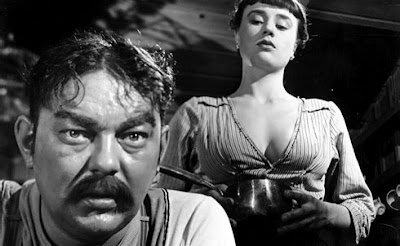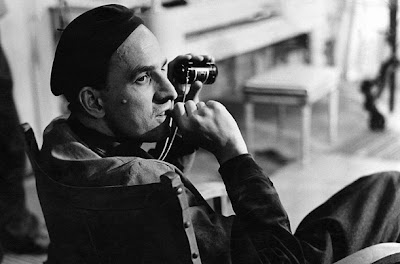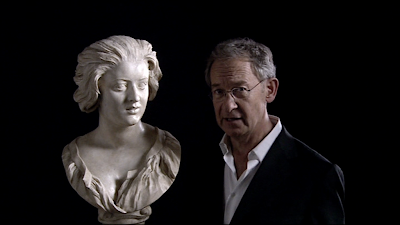Sawdust
and Tinsel
A film by Ingmar Bergman
1953/ Sweden / 93
minutes/ B&W
28th April
2013; 5.45 pm
Perks Mini Theater
http://konangalfilmsociety.blogspot.in/
Ingmar
Bergman's thirteenth film is a landmark in the Swedish filmmaker's oeuvre; it's
the beginning of a uniquely distinctive style that became known to the
international community as a Bergman film. The Baroque style is adapted from
the silent screen German expressionism cinema. It's a misanthropic melodrama
that has a dim view of marriage and love, believing it only leads to
humiliation. It has great performances and is a visual treat, but its
masochistic storyline might not be for all tastes.
It's
set at the turn-of-century Sweden. Aging, portly, traveling circus owner and
ring master Albert Johansson (Ake Grönberg) is passing with his down-and-out
troupe through a provincial town where his tobacco shop owner wife Agda (Annika
Tretow) lives with his children. He hasn't seen her for three years and has
since taken as a mistress his headstrong gypsy bareback rider, the much younger
Anne (Harriet Andersson).
Anne visits a rehearsal of the suave
womanizing lead actor of a theater production, Frans (Hasse Ekman). She's
humiliated and she has been taken for a fool. When Albert
learns of her indiscretion, during the nighttime circus show he challenges
Frans to a fight in the main ring and gets beaten up. The humiliated Albert
thinks of shooting himself.
The
memorable film explores such things as betrayal and Bergman's main theme of
humiliation between the sexes. It's a scathing look at the human condition, and
a key beginning to the filmmaker's vintage trademark films. Film unfolds the happenings of a day – from the time the
circus troupe pitches the tent to the packing up and leaving the village with extraordinary visuals. In
America, the film was titled The Naked Night; Sawdust and Tinsel is the British
title.
(Source:Internet)
Ingmar Bergman
Universally
regarded as one of the great masters of modern cinema, Bergman has often
concerned himself with spiritual and psychological conflicts. His work has
evolved in distinct stages over four decades, while his visual style-intense,
intimate, complex-has explored the vicissitudes of passion with a mesmerizing
cinematic rhetoric. His prolific output tends to return to and elaborate on
recurrent images, subjects and techniques.
Ingmar
Bergman was born on July 14, 1918, in Uppsala, Sweden. In 1937 Bergman entered
the University of Stockholm, where he became an active member of the student
theatrical group. In 1942, after a brilliant production of William
Shakespeare's Macbeth, the aspiring director was appointed to the Swedish Royal
Opera. In the years following he divided his talents equally between stage and
film efforts.
In
1945 Bergman directed his first film, Crisis, the story of an unhappy love
affair which ends in suicide. Several films followed closely, but in 1956
Bergman reached the peak of critical and popular praise with The Seventh Seal.
It was followed by masterpieces like Wild Strawberries, Persona, Cries and
Whispers etc. In addition to film, he directed over 70 plays.
Although
apparently not influenced by other filmmakers, with the possible exception of
Carl Dreyer, Bergman himself has had a wide-ranging influence on a generation
of filmmakers. A unique and powerful presence, his genius has made an
extraordinary contribution to the art of the cinema. He died peacefully in his
sleep, at his home on Fårö island, on 30 July 2007, at the age of eighty-nine.
(Source:
Internet)












